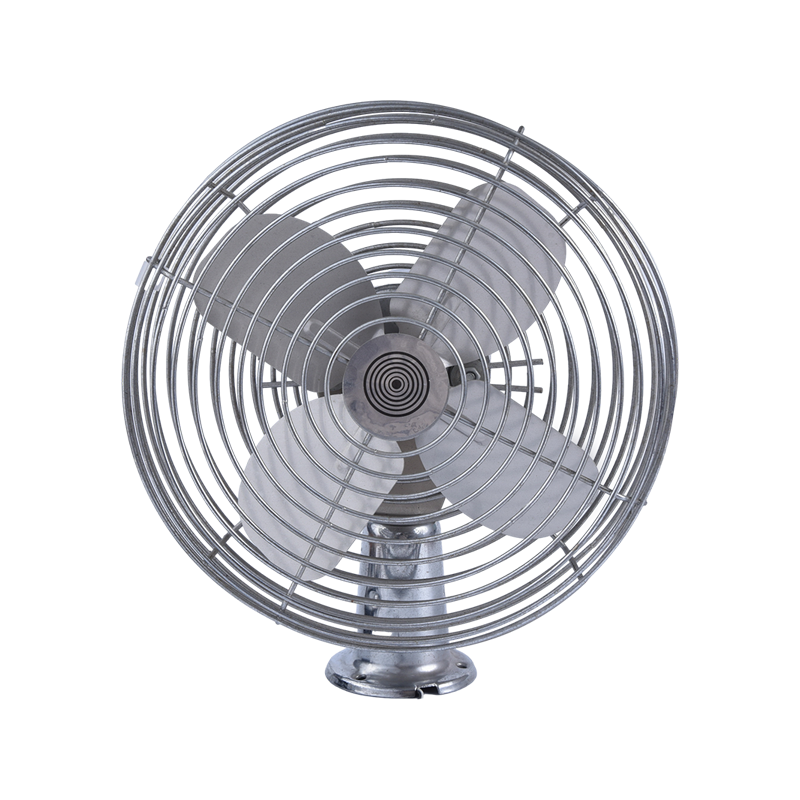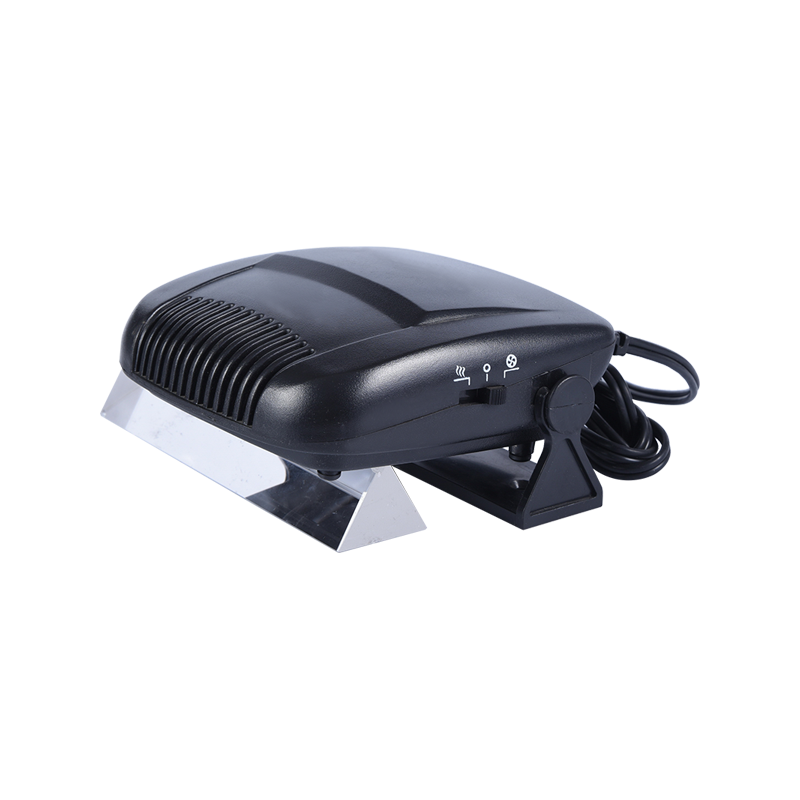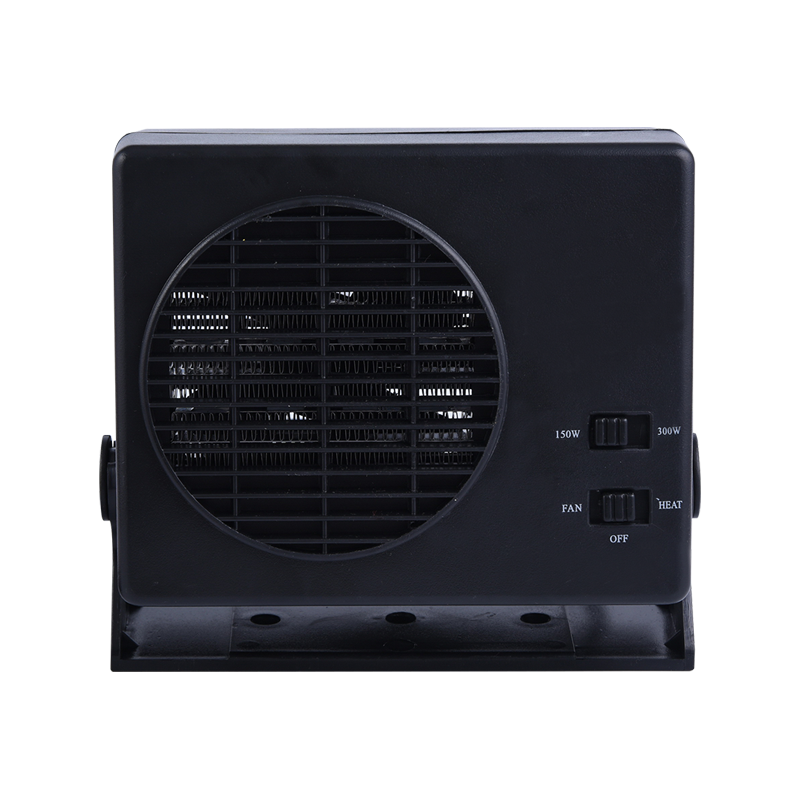As winter approaches, drivers increasingly rely on car heaters to stay warm during their commutes. But questions linger: Is it safe to use a car heater while driving, and are there any hidden risks?
How Car Heaters Work
Car heaters utilize waste heat from the engine’s cooling system. When the engine runs, coolant circulates through the system, absorbing heat. This warm coolant then passes through the heater core, and the blower motor pushes air over it, distributing warmth into the cabin. Unlike air conditioning, the heater does not place additional strain on the engine, making it an energy-efficient way to stay warm.
Safety Considerations
Carbon Monoxide (CO) Risk – A Myth?
A persistent concern is whether car heaters can leak carbon monoxide (CO) into the cabin. Experts confirm that in a properly maintained vehicle, this is highly unlikely. CO enters the cabin only if there’s an exhaust system leak or a cracked heat exchanger—both rare in modern cars. However, running the engine in an enclosed space (like a garage) can lead to dangerous CO buildup.
Air Quality and Ventilation
Prolonged heater use with recirculated air can lead to stale, dry air, potentially causing drowsiness or discomfort. To mitigate this, the CDC recommends periodically switching to fresh air mode and cracking a window slightly to improve airflow.
Defrosting and Visibility
Heaters play a crucial role in defrosting windows. The NHTSA emphasizes that clear visibility is essential for safe driving, and using the heater-defroster combo correctly can prevent fogging and ice buildup.
Best Practices for Safe Heater Use
Warm Up the Engine Briefly – Letting the engine run for a minute or two before driving ensures optimal heat distribution.
Avoid Idling for Long Periods – Excessive idling wastes fuel and, in rare cases, may contribute to CO buildup if the exhaust system is faulty.
Regular Maintenance – Have your cooling system, exhaust, and cabin air filter inspected annually to prevent malfunctions.
Industry news


 English
English Português
Português عربى
عربى 中文简体
中文简体











